| |
| 1) What is the difference between a polygon and a “regular” polygon? |
|
4000 character(s) left
Your answer is too long. |
|
|
Attachments |
|
| 2) Describe an apothem in a regular polygon. |
|
4000 character(s) left
Your answer is too long. |
|
|
Attachments |
|
| 3) What is the formula for finding the area of a regular polygon? (“A” represents area, “P” represents perimeter, and “a” represents the length of the apothem.) |
|
|
|
| |
|
| Area of a Regular Polygon Given the Length of One Side |
|
|
| |
| Refer to the figure and information given below to solve the next four problems. Round the answers to nearest tenth, when necessary, and label all answers appropriately. |
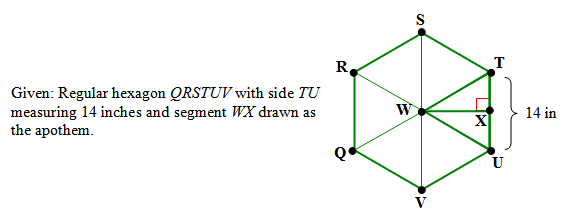 |
|
| |
| |
|
| 5) What is (a) the measure of angle TWU, (b) the measure of angle TWX, and (c) the length of segment TX? |
|
4000 character(s) left
Your answer is too long. |
|
| |
|
| 6) Using trigonometry and the information collected in the previous problem, (a) which of the equations shown below can be used to find the apothem and (b) what is the length of the apothem (WX)? |
 |
4000 character(s) left
Your answer is too long. |
|
| |
|
| |
|
| For the next two problems, round the answers to the nearest tenth, if necessary. |
|
|
| |
| 8) In a regular decagon, one side has a length of 20 centimeters. (a) What is its perimeter? (b) What is the length of the apothem? (c) What is the area of the regular decagon? |
|
4000 character(s) left
Your answer is too long. |
|
| |
|
| 9) In a regular octagon, one side has a length of 9 centimeters. (a) What is its perimeter? (b) What is the length of the apothem? (c) What is the area of the regular octagon? |
|
4000 character(s) left
Your answer is too long. |
|
| |
|
| Area of a Regular Polygon Given the Length of the Apothem |
|
|
| |
| Refer to the figure and information given below to solve the next four problems. Round the answers to nearest hundredth, when necessary, and label all answers appropriately. |
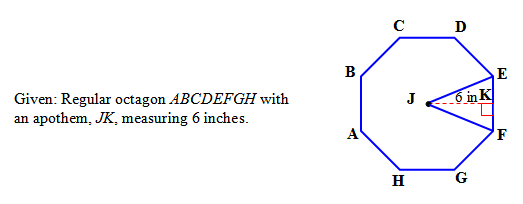 |
|
| |
| 10) What is (a) the measure of angle EJF and (b) the measure of angle EJK? |
|
4000 character(s) left
Your answer is too long. |
|
| |
|
| |
|
| |
|
| 13) What is (a) the length of EF, and (b) the perimeter of octagon ABCDEFGH? |
|
4000 character(s) left
Your answer is too long. |
|
| |
|
| |
|
| For the next three problems, round the answers to the nearest tenth, if necessary. |
|
|
| |
| 15) In a regular pentagon, the apothem measures 6.2 millimeters. (a) What is the length of one side? (a) What is its perimeter? (c) What is the area of the regular pentagon? |
|
4000 character(s) left
Your answer is too long. |
|
| |
|
| |
|
| |
| Review the derivation of the area formula for a circle in the unit link to “Area of a Circle (Derivation)”, and then fill in the blanks for the next two problems. |
|
|
| |
| |
|
| |
|
| |
|
| For the next six problems, round the answer to the nearest tenth, if necessary, and label all answers correctly. |
|
|
| |
| |
|
| |
|
| |
|
| |
|
| 24) Find the area of the shaded region (blue) of the regular hexagon shown below, and then answer the following questions: (a) What is the length of the apothem of the hexagon? (b) What is the area of the hexagon? (c) What is the area of the (white) equilateral triangle that is not shaded? (d) What is the area of the shaded region of the regular hexagon? |
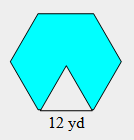 |
4000 character(s) left
Your answer is too long. |
|
| |
|
| 25) In the figure below, a circle is circumscribed about an equilateral triangle. The radius of the circle measures 8 inches and the apothem measures 4 inches. Radius MK bisects angle JKL. Find the area of the shaded region (pink), and then answer the following questions: (a) What is the length of one side of the equilateral triangle? (b) What is the area of the equilateral triangle? (c) What is the area of the circle? (d) What is the area of the shaded region (pink)? |
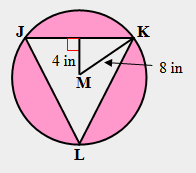 |
4000 character(s) left
Your answer is too long. |
|
| |
|
| |
| |
|
| |
|
| |
|
| 29) A square is inscribed within a square that has a side that measures 16 centimeters. The vertices of the smaller square are located at the midpoints of the sides of the larger square. (a) What is the area of the larger square? (b) What is the area of the smaller square? (c) What is the probability that a point chosen at random is in the shaded area? Express the answer as a simplified fraction. |
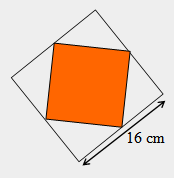 |
4000 character(s) left
Your answer is too long. |
|
| |
|
| 30) A square is inscribed within a circle that has a diameter that measures 16 feet. Find the probability that a point chosen at random is in the shaded region of the square as shown below, and then answer the following questions: (a) What is the area of the circle? (b) What is the area of the square? (Hint: Recall the formula for finding the area of a square when the length of the diagonal is given.) (c) What is the probability that a point chosen is in the shaded region of the square? (Express the answer as a percent rounded to the nearest tenth.) (d) What is the probability that a point chosen is within the circle but NOT in the shaded region of the square? |
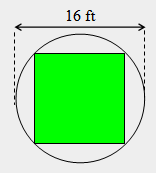 |
4000 character(s) left
Your answer is too long. |
|
| |
|
| 31) For the figure shown below, find the area of the shaded region (blue), and then answer the following questions: (a) What is the area of the entire circle? (b) The shaded region covers what fractional part of the circle? Express the answer as a simplified fraction. (c) What is the area of the shaded region (blue)? |
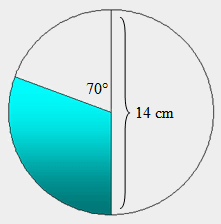 |
4000 character(s) left
Your answer is too long. |
|
| |
|
| |
|
| 33) Find the area of the shaded region in the figure below, and then answer the following questions: (a) What is the area of the entire circle? (b) What is the area of the shaded region? (c) What is the probability that a point chosen at random will be in the shaded area? Express the answer to the nearest tenth of a percent. |
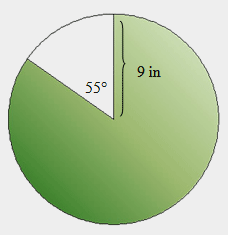 |
4000 character(s) left
Your answer is too long. |
|
| |
|
| Refer to the “Winning Dollars” wheel shown below to answer the next five questions. The radius of the wheel measures 1 foot. Express the probability answers as simplified fractions and the “odds” answers as simplified ratios. |
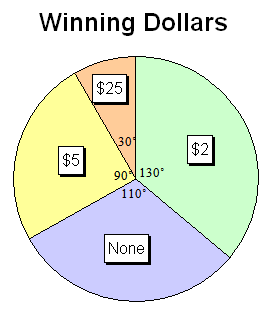 |
|
| |
| |
|
| |
|
| |
|
| |
|
| |
|
| |
| |
|
| |
|
| |
|
| 42) The network shown below is considered to be “incomplete”. How can the network be changed to a “complete” network? |
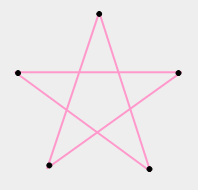 |
4000 character(s) left
Your answer is too long. |
|
|
Attachments |
|
| 43) How is the degree of a node in a network determined? |
|
4000 character(s) left
Your answer is too long. |
|
| |
|
| 44) Which of the following is a description of a network that is NOT traceable? |
|
|
|
| |
|
| For the next four problems, determine if the network is traceable, and then explain why, or why not, by referencing the degree of the nodes. |
|
|
| |
| 45) Is the network traceable? Why or why not? |
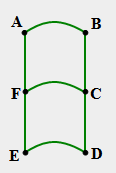 |
4000 character(s) left
Your answer is too long. |
|
|
Attachments |
|
| 46) Is the network traceable? Why or why not? |
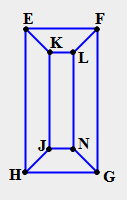 |
4000 character(s) left
Your answer is too long. |
|
|
Attachments |
|
| 47) Is the network traceable? Why or why not? |
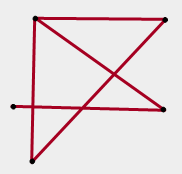 |
4000 character(s) left
Your answer is too long. |
|
|
Attachments |
|
| 48) The network shown below is traceable. Letters have been assigned to each of the nodes. List a sequence of letters that represent the traceability of the network. |
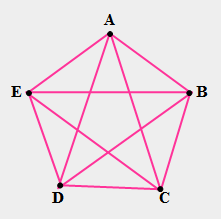 |
4000 character(s) left
Your answer is too long. |
|
| |
|
| Extended Research: Check with your instructor to see if he/she is interested in awarding extra credit to you for writing a one-page report on the following research topic: In the 1700’s, Leonard Euler was asked to find a traceable path across the seven bridges of Konigsberg, Germany. Research this topic and find out the results. Write a one page report about Euler, these famous bridges, and how this problem contributed to the development of graph theory in mathematics. You may include pictures with the report as long as you cite the websites from which you found them. Include all websites that you used as references for your report. |
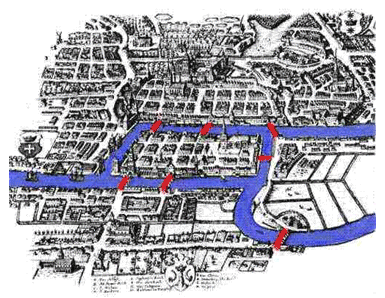 |
|
| |
| 49) If you were directed by your school to complete Offline Activities for this course, please enter the information on the Log Entry form. |
|
| No offline activities found |
0 Hour(s) & 0 Minute(s)
|
|
|
Attachments |
|